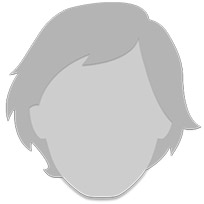If your serger has a Differential Feed feature, you can sew stretch knit seams that won’t wave and gather lightweight fabrics while finishing off the raw edge all in one step!
What is a differential feed?
Unlike a sewing machine, a serger has TWO sets of feed dogs. One set in front that pulls the fabric into the area under the presser foot and one set behind that pulls the fabric out from under the presser foot. In this photo the presser foot has been removed.
How does it work?
The stitch length adjustment controls the back feed dogs as in how much they will pull the fabric out from under the presser foot. The differential feed setting (a lever or knob on the front or side) controls the front feed dogs as in how much fabric is being pulled into the presser foot.
It builds in Stretch …..
When the differential & feed & is set at a minus setting, under “1” or .5, the front feed dogs are moving the fabric into the machine at a slower rate than the back feed dogs are pulling it out so you get a tightly pulled fabric. This setting prevents puckering of slippery or delicate fabrics and can be useful for attaching elastic as it builds in stretch. Or gathers for you!
When the differential feed is set at a plus setting, above “1” or at 2, the front feed dogs are moving the fabric into the presser foot faster than the back feed dogs are removing it. This setting will do the opposite of stretching, it will gather lightweight materials and prevent wavy seams on knits. This is also useful for outside curves and sleeve caps.
Sew & finish in one step!
The “N” or 1 setting is neutral meaning that the front and back move at the same ratio. Fabric is pushed under and pulled out of the back in the same increments.
Can you see how owning a serger with differential feed can make a big difference in your sewing world?











